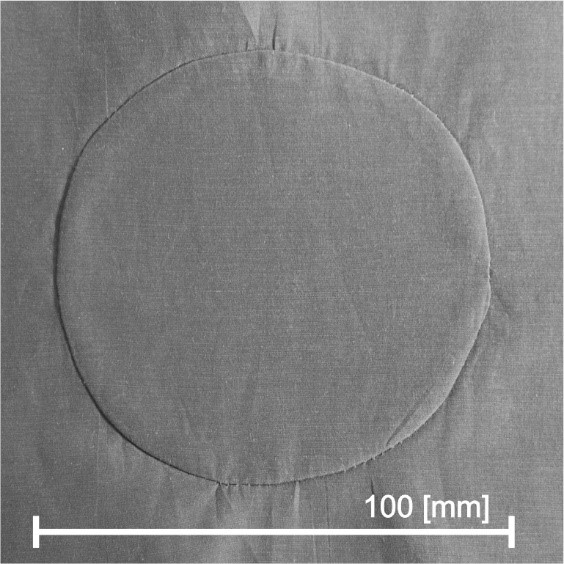Impact of fabric parameters and properties on a 2D cutting and stitching line.
DOI:
https://doi.org/10.25367/cdatp.2020.1.p80-87Keywords:
pattern making, sewing line, textile parameters, quality, stitching lineAbstract
The paper presents the influence of fabric parameters and properties on the circle shape precision confectioning in the 2D plane. The properties of textiles affect the fit of the entire product, which is often subject to the subjective assessment of a technologist. In the case of cutting lines made in the two-dimensional area, it seems that there should be no problem with its implementation. Unfortunately, in the clothing, furniture, and automotive industries there are difficulties in combining the same and different textile and non-textile materials (leather). There is no objective method of predicting the precision of circle cutting shape, for different types and properties of fabrics. The work analyzes the shape of a circle cutting and stitching line in a two-dimensional area, taking into account selected properties of textiles (surface weight, elongation, relative bending stiffness). It turns out that the different properties of textiles cause, to a greater or lesser extent, the accuracy of a given circle shape. The fabric with the three-component composition of raw materials and the highest surface mass, as well as the smallest stiffness and high elongation obtained the highest precision of the circle shape reproduction. The least precision, i.e. the ability to maintain a given circle shape, was obtained in viscose fabric with low surface mass, high stiffness, and the highest relative elongation. Correlation analysis showed a significant relationship between shape and surface mass and the number of warp threads.

Downloads
Published
How to Cite
Issue
Section
License
Copyright (c) 2020 Magdalena Owczarek

This work is licensed under a Creative Commons Attribution-NonCommercial-NoDerivatives 4.0 International License.





